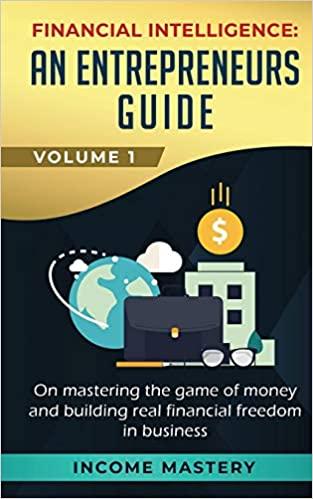Question
After four months of confidential negotiations involving at least three bidders. Microsoft Corporation and LinkedIn Corporation announced their intention to merge. At a price of
After four months of confidential negotiations involving at least three bidders. Microsoft Corporation and LinkedIn Corporation announced their intention to merge. At a price of $26.2 billion, Microsofts friendly takeover of LinkedIn was the sixth-largest technology acquisition in history and by far the largest among Microsofts some 150 past take overs. According to Microsoft CEO, Satya Nadella, the merger created a new type of business which he described euphemistically as the coming together of the professional network and the professional cloud. With over $100 billion in cash and securities, Microsoft had no trouble financing its all- cash offer, although it was contemplating a new debt issue to ease the burden. LinkedIn Corporation was the worlds largest professional networking company, known by some as the Facebook for professionals. It started in 2003 and went public in 2011 on the New York Stock Exchange. With over 400 million members in more than 200 countries. LinkedIns principal product was a job search function for individuals and complementary tools for recruiters. In 2015, LinkedIn had revenues of almost $3 billion and a workforce of about 10,000. Like many young internet companies, LinkedIn was growing rapidly but was only marginally profitable. Microsoft was the worlds largest software manufacturer and one of the worlds most valuable companies. In 2016, t had 114,000 employees, $85 billion in revenue almost $17 billion in profits, and a market capitalization of $470 billion. Although it will be years before we can say categorically that Microsofts purchase of LinkedIn was a wise move, some early winners are already apparent. Prominent among them are LinkedIn shareholders who sold their share for $196, a hefty 50 percent premium to the price immediately before acquisition was announced. With LinkedIn selling at $131.08 just before the announcement and approximately 134 million shares outstanding, this translates into a gain to shareholders of $8.7 billion ($8.7 billion = ($196 - $131.08) x 134 million)). Of this amount, serial-entrepreneur and LinkedIn founder, Reid Hoffmans share was the largest, totaling $941 million. Other clear winners were the bankers and lawyers facilitating the
Carlos Hilado Memorial State College Alijis Campus | Binalbagan Campus | Fortune Towne Campus | Talisay Campus To be a leading GREEN institution of higher learning in the global community by 2030 (Good governance, Research-oriented, Extension-driven, Education for Sustainable Development &Nation-building) transaction. Estimates are that Microsofts banker, Morgan Stanley took home between $10 and $20 million, while Qatalyst Partner and Allen & Company, the two boutique banks representing LinkedIn pocketed $40 to $45 million, Morgan Stanley stood to earn another $40 to $60 million in fees from the sale of some $15 billion in new debt Microsoft expected to sell to help pay for the acquisition. The Microsoft buyout of LinkedIn aptly illustrates an important phenomenon in business known broadly as corporate restructuring. In addition to friendly mergers of the Microsoft- LinkedIn variety, corporate restructuring encompasses leverage buyouts, or LBOs hostile takeovers, purchases or sales of operating divisions, large repurchases of common stock, major changes in financial leverage, spin-offs and carve-outs. In a spin-off, the parent company distributes shares of a subsidiary to its stockholders much like a dividend, and the subsidiary becomes an independent company. In a carve-out, the parent sells all or part of the subsidiary to the public for cash. The Microsoft-LinkedIn deal and many other restructuring pose several important questions to students of finance, and indeed to all executives. In terms of the LinkedIn takeover, they include the following: 1. What led Microsoft chief executive, Satya Nadella to believe that LinkedIn was worth as much as $196 a share? 2. If Mr. Nadella was willing to pay as much as $196 a share for LinkedIn stock, why was the market price immediately prior to the initial bid only $131? Does the stock market misprice companies this drastically, or is something else at work? 3. If LinkedIn stock really was worth $196, why didnt LinkedIn executives who certainly knew more about their company than Mr. Nadella did, realize this fact and do something to ensure that the value was reflected in LinkedIns stock price? 4. Ultimately, who should decide the merits of corporate restructurings, management or owners? In the LinkedIn buyout, LinkedIn shareholders voted to approve the deal, but Microsoft shareholders were not asked. More broadly, who really controls todays large corporations, and who should control them? Is it the shareholders who collectively bear the financial risk, or is it the managers who at least nominally work for the shareholders?
Step by Step Solution
There are 3 Steps involved in it
Step: 1

Get Instant Access to Expert-Tailored Solutions
See step-by-step solutions with expert insights and AI powered tools for academic success
Step: 2

Step: 3

Ace Your Homework with AI
Get the answers you need in no time with our AI-driven, step-by-step assistance
Get Started


